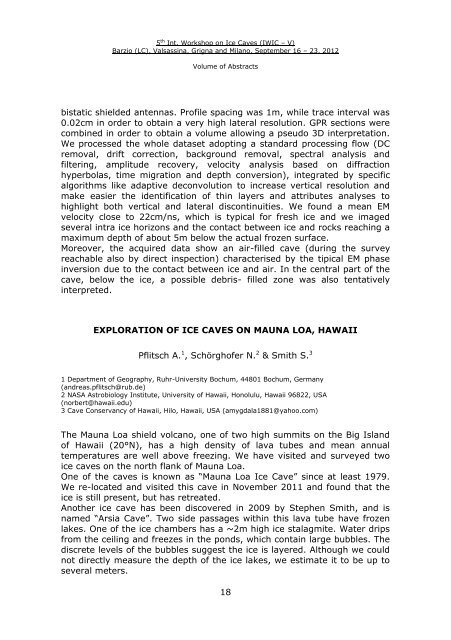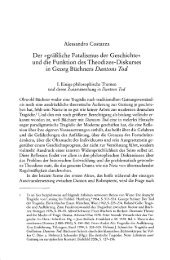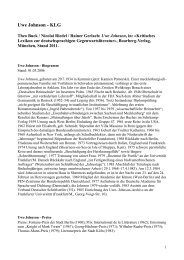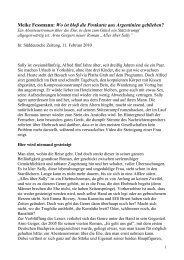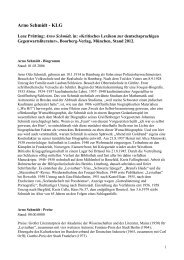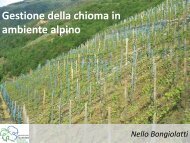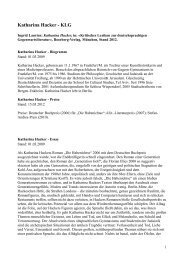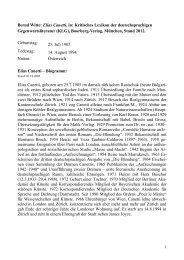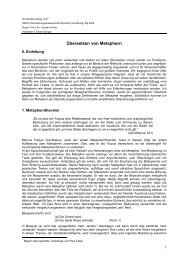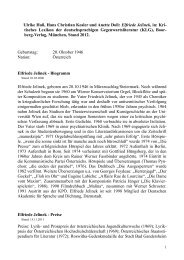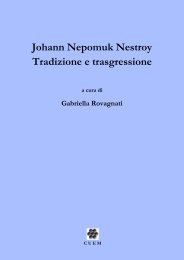Volume of Abstracts - Università degli Studi di Milano
Volume of Abstracts - Università degli Studi di Milano
Volume of Abstracts - Università degli Studi di Milano
Create successful ePaper yourself
Turn your PDF publications into a flip-book with our unique Google optimized e-Paper software.
5 th Int. Workshop on Ice Caves (IWIC – V)<br />
Barzio (LC), Valsassina, Grigna and <strong>Milano</strong>, September 16 – 23, 2012<br />
<strong>Volume</strong> <strong>of</strong> <strong>Abstracts</strong><br />
bistatic shielded antennas. Pr<strong>of</strong>ile spacing was 1m, while trace interval was<br />
0.02cm in order to obtain a very high lateral resolution. GPR sections were<br />
combined in order to obtain a volume allowing a pseudo 3D interpretation.<br />
We processed the whole dataset adopting a standard processing flow (DC<br />
removal, drift correction, background removal, spectral analysis and<br />
filtering, amplitude recovery, velocity analysis based on <strong>di</strong>ffraction<br />
hyperbolas, time migration and depth conversion), integrated by specific<br />
algorithms like adaptive deconvolution to increase vertical resolution and<br />
make easier the identification <strong>of</strong> thin layers and attributes analyses to<br />
highlight both vertical and lateral <strong>di</strong>scontinuities. We found a mean EM<br />
velocity close to 22cm/ns, which is typical for fresh ice and we imaged<br />
several intra ice horizons and the contact between ice and rocks reaching a<br />
maximum depth <strong>of</strong> about 5m below the actual frozen surface.<br />
Moreover, the acquired data show an air-filled cave (during the survey<br />
reachable also by <strong>di</strong>rect inspection) characterised by the tipical EM phase<br />
inversion due to the contact between ice and air. In the central part <strong>of</strong> the<br />
cave, below the ice, a possible debris- filled zone was also tentatively<br />
interpreted.<br />
EXPLORATION OF ICE CAVES ON MAUNA LOA, HAWAII<br />
Pflitsch A. 1 , Schörgh<strong>of</strong>er N. 2 & Smith S. 3<br />
1 Department <strong>of</strong> Geography, Ruhr-University Bochum, 44801 Bochum, Germany<br />
(andreas.pflitsch@rub.de)<br />
2 NASA Astrobiology Institute, University <strong>of</strong> Hawaii, Honolulu, Hawaii 96822, USA<br />
(norbert@hawaii.edu)<br />
3 Cave Conservancy <strong>of</strong> Hawaii, Hilo, Hawaii, USA (amygdala1881@yahoo.com)<br />
The Mauna Loa shield volcano, one <strong>of</strong> two high summits on the Big Island<br />
<strong>of</strong> Hawaii (20°N), has a high density <strong>of</strong> lava tubes and mean annual<br />
temperatures are well above freezing. We have visited and surveyed two<br />
ice caves on the north flank <strong>of</strong> Mauna Loa.<br />
One <strong>of</strong> the caves is known as “Mauna Loa Ice Cave” since at least 1979.<br />
We re-located and visited this cave in November 2011 and found that the<br />
ice is still present, but has retreated.<br />
Another ice cave has been <strong>di</strong>scovered in 2009 by Stephen Smith, and is<br />
named “Arsia Cave”. Two side passages within this lava tube have frozen<br />
lakes. One <strong>of</strong> the ice chambers has a ~2m high ice stalagmite. Water drips<br />
from the ceiling and freezes in the ponds, which contain large bubbles. The<br />
<strong>di</strong>screte levels <strong>of</strong> the bubbles suggest the ice is layered. Although we could<br />
not <strong>di</strong>rectly measure the depth <strong>of</strong> the ice lakes, we estimate it to be up to<br />
several meters.<br />
18


